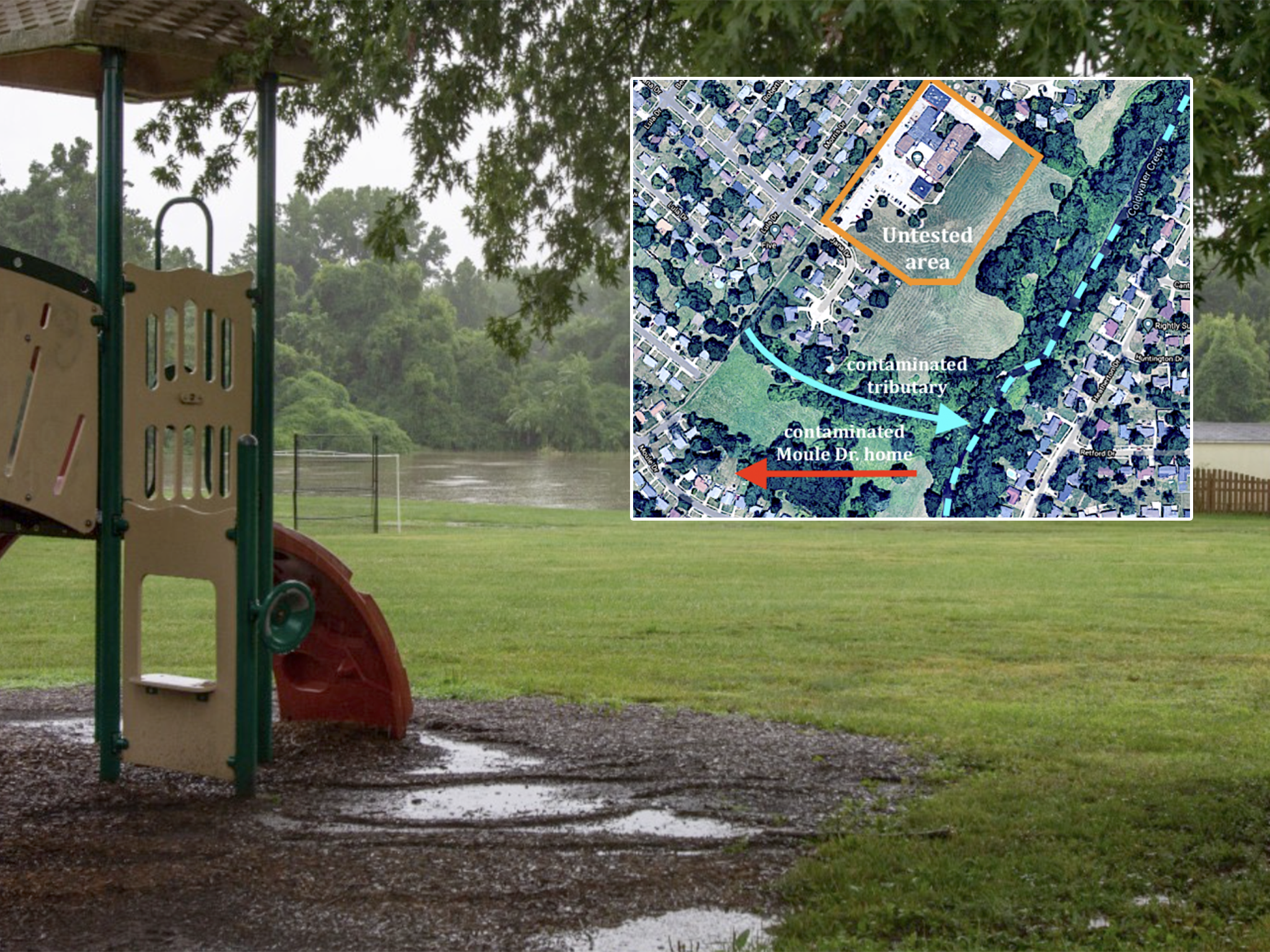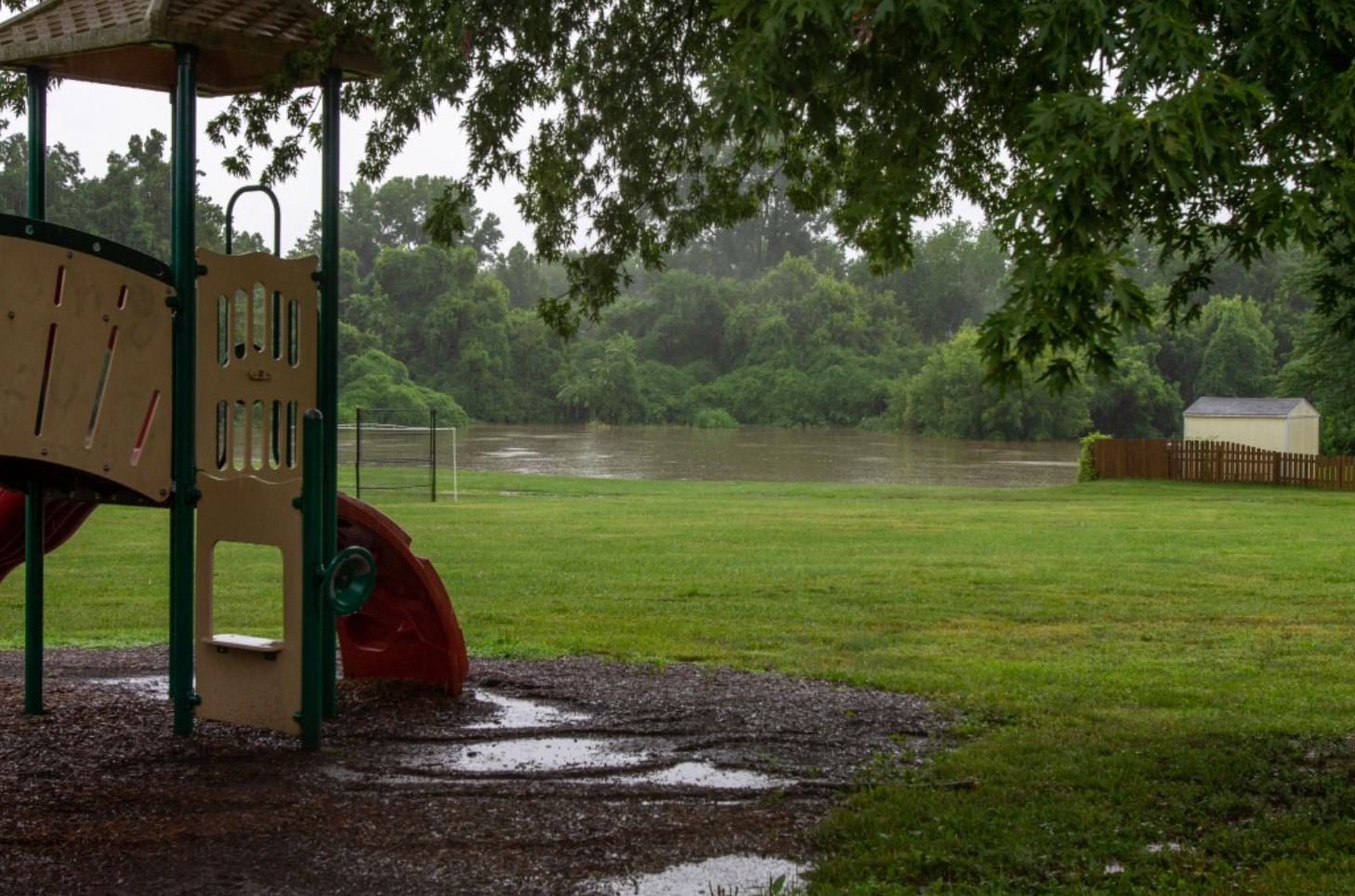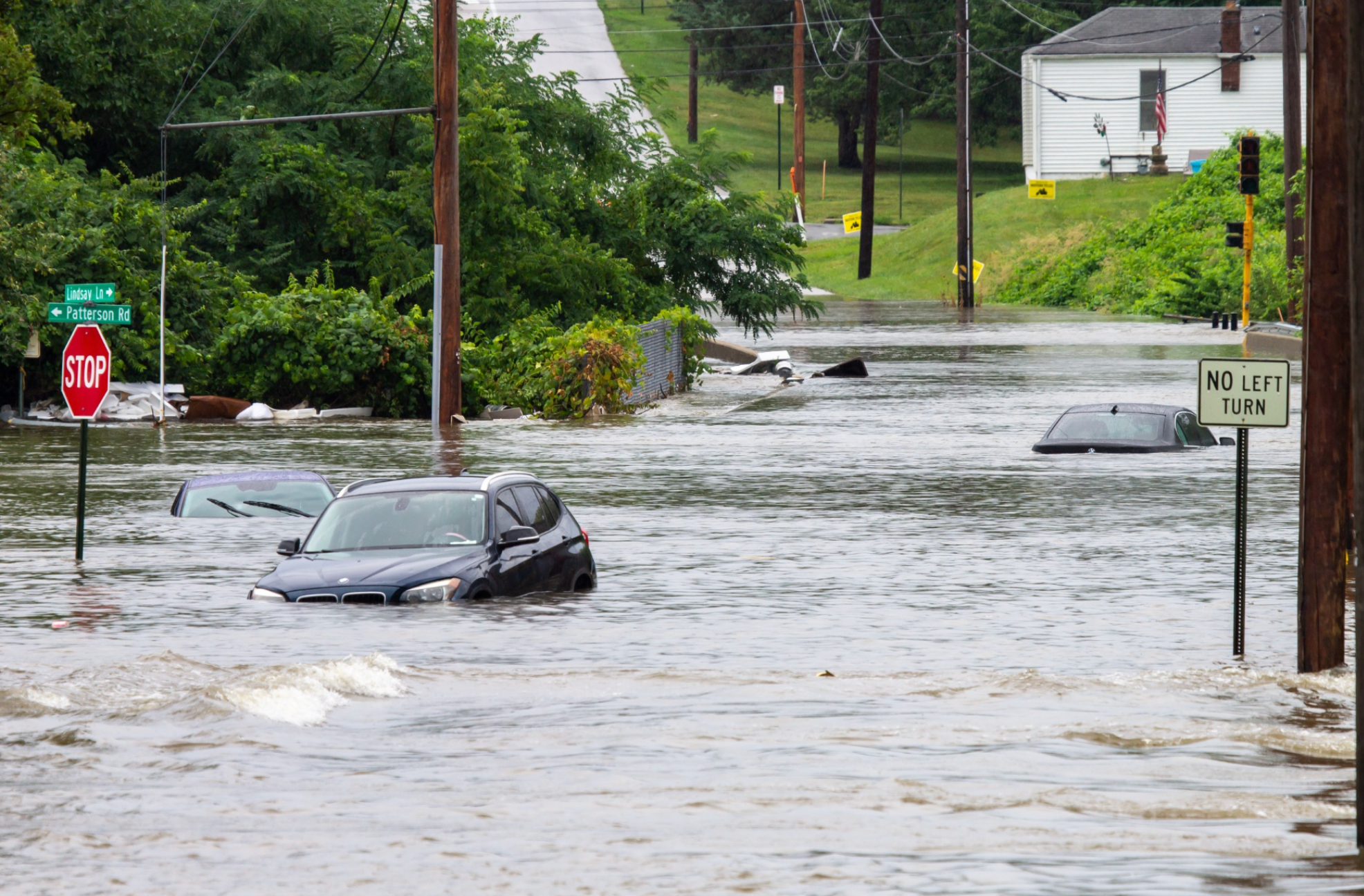Rare cancers and years of unanswered calls for help: How a Missouri school became riddled with radioactive waste
Nuclear waste has left a toxic legacy in the St Louis suburbs – one that local communities are only beginning to learn the full picture. Louise Boyle reports


Your support helps us to tell the story
From reproductive rights to climate change to Big Tech, The Independent is on the ground when the story is developing. Whether it's investigating the financials of Elon Musk's pro-Trump PAC or producing our latest documentary, 'The A Word', which shines a light on the American women fighting for reproductive rights, we know how important it is to parse out the facts from the messaging.
At such a critical moment in US history, we need reporters on the ground. Your donation allows us to keep sending journalists to speak to both sides of the story.
The Independent is trusted by Americans across the entire political spectrum. And unlike many other quality news outlets, we choose not to lock Americans out of our reporting and analysis with paywalls. We believe quality journalism should be available to everyone, paid for by those who can afford it.
Your support makes all the difference.The story of how Jana Elementary School ended up riddled with radioactive waste goes back long before any of its current pupils – or possibly their grandparents – ever set foot in the classrooms.
A new study, made public last week, found significant radioactive material throughout the school in Florissant, Missouri.
The contamination was discovered in the library, cafeteria, basketball courts and kindergarten playground of the school, located in the northern suburb of St Louis, and where the majority of the 400 students are Black.
The grim findings shocked but hardly surprised many local residents who have long warned about the impacts of the radioactive waste dumped in the open air at the nearby West Lake landfill half a century ago.
The legacy of that toxic pollution is laid bare in the new report from environmental consultants Boston Chemical Data Corp.
Based on dust samples gathered in August, the independent analysis found radioactive isotope lead-210, polonium, radium contamination, and other toxins, “far in excess” throughout the school.
Dawn Chapman, an organizer with Just Moms STL, has been campaigning the US government to clean-up the radioactive waste since 2014, when a smoldering underground fire at the landfill choked the air with putrid odours, and brought the danger to the attention of the wider community. The landfill fire is expected to keep burning until 2024, NPR reported in 2017.
“It’s threatening to burn into [the radioactive waste] and launch it in the air, kind of almost like Chernobyl all over our area,” Ms Chapman, who lives close to the landfill, told The Independent.
The contamination “is in backyards, under roads. It’s made its way around our community”, she added.
The story traces back to the Second World War’s Manhattan Project, when the Department of Energy chose St Louis as the processing site for the uranium to make the first atomic bombs.
The nuclear waste was originally stored at the St Louis-Lambert International Airport but later moved and illegally dumped at the West Lake landfill in Bridgeton in 1973.
Over the year, contaminants from the radioactive waste have seeped into Coldwater Creek, which runs for nine miles through the area and flows into the Missouri River.
Jana Elementary is bordered on two sides by the creek, which regularly floods into school grounds and the wider community.
In July, record rainfall in the region triggered flash floods and led to Coldwater Creek submerging parts of the local communities.
The US Army Corps of Engineers has been cleaning up the creek for more than 20 years. The Army Corps has conducted its own testing which found contamination at lower levels than the new, independent study.
“The Army Corps’ tests are incomplete and inadequate as no samples were collected from the school buildings themselves, nor were they collected from surface soils immediately surrounding the school buildings. It is not possible to assess the risk to students and employees of Jana Elementary because the Army Corps’ testing was limited to outdoor soil samples,” the new Boston Chemical Data Corp report reads.

“The Army Corps also failed to sample from areas nearest the actual occupied school buildings.”
Ms Chapman said that her campaign group and others have begged the federal government to test for radioactive material in more areas where the creek flooded.
“They fought us for years,” she said. “Finally they started testing parks that had flooded, and found [radioactive waste]. They started testing some backyards, and found it. We pushed for Jana Elementary, because it is the closest school to the creek.”
Among the new findings is that lead-210 was found at 22 times’ the expected level in the kindergarten play area and at 12 times’ the expected level in soils next to the school’s basketball courts. Lead-210 is a neurotoxin linked to cancer and has been known to cause brain damage and reduced cognitive capacity, especially in children, according to the Toxin Database.
The consultants’ report also discovered radioactively contaminated soil that was “many times above” levels deemed acceptable by federal government regulations.
Radium 266, a radioactive metal, was found at twice the safe level in the kindergarten play area, the report said. Contaminated samples were also found in the school library, classrooms, cafeteria fan, boiler room and the heating, ventilation, and air conditioning (HVAC) system.
“Most importantly, the radioactive wastes at the Jana School and other North St Louis County sites are rich in thorium-230, a radioactive isotope that emits highly damaging alpha radiation,” the report stated.
“I was heartbroken,” Ashley Bernaugh, president of the Jana parent-teacher association who has a son at the school, told The Associated Press, following the findings. “It sounds so cliché, but it takes your breath from you.”
The school was open for classes on Monday, The Independent learned. Hazelwood School District has been contacted for comment.
“Safety is always our top priority, and we are actively discussing the implications of the findings. The Board of Education will be consulting with attorneys and experts in this area of testing to determine the next steps,” the school district wrote in a statement, published on social media.
The next school board meeting is on Tuesday evening.

Ms Chapman told The Independent that she knows of a number of local people who are suffering from rare, aggressive cancers and autoimmune illnesses.
A Missouri Department of Health analysis of cancer cases in the eight zip code areas around Coldwater Creek, between 1996-2011, found elevated numbers.
This included a “significant higher than expected” number of incident cases of brain and other nervous system cancers among children aged 17 or younger in zip code 63043 during that period.
Ms Chapman also underlined that the issue was one of environmental justice. According to US News school listings, 82.9 per cent of students at Jana Elementary are Black.
"The Department of Energy created this waste, and they have a responsibility to get back in here and clean it,” she said.
In a statement to The Independent, Phil Moser, program manager with the US Army Corps of Engineers, St Louis District Formerly Utilized Sites Remedial Action Program (FUSRAP), said that his team “is committed to our mission of executing the Record of Decision (ROD) for The North St Louis County Sites”.
The statement continued: “Our team will evaluate the Boston Chemical Data Corp report and methods used to create these results. The Boston Chemical Data Corp report is not consistent with our accepted evaluation techniques and must be thoroughly vetted to ensure accuracy.
“The Jana Elementary School property does have FUSRAP contamination near the CWC bank that is below ground surface and in a densely wooded area. However, the sample locations in the actual floodplain between the Coldwater Creek (CWC) bank and playground area are not contaminated.
“While the evaluation is ongoing, early indications from the data are that the FUSRAP contamination is isolated to the CWC bank. The team has been coordinating with the Hazelwood School District regarding the status of sampling on the property. Any contamination posing a high risk or immediate threat to human health or the environment would be made a priority for remediation.”
The Boston Chemical Data Corp report recommended a thorough professional removal of settled dusts within the school, clean fill cover of outdoor soils that have lower (but still excessive) radiological levels, and outright removal of higher contaminated soils.
But, as the report pointed out, no solution for Jana Elementary would be permanent until Coldwater Creek is thoroughly cleaned up, “otherwise future flooding will nullify any temporary remedial gains achieved by following steps above”.




Join our commenting forum
Join thought-provoking conversations, follow other Independent readers and see their replies
Comments